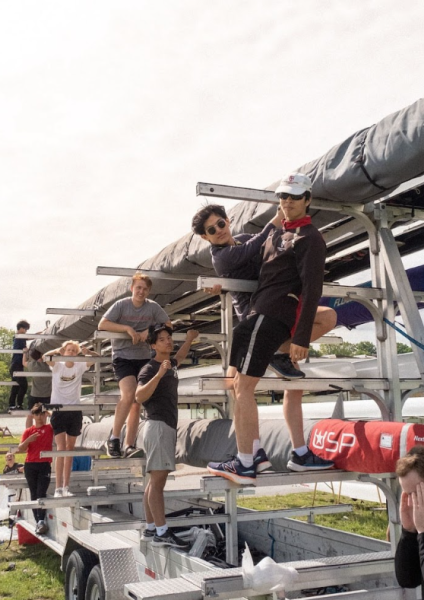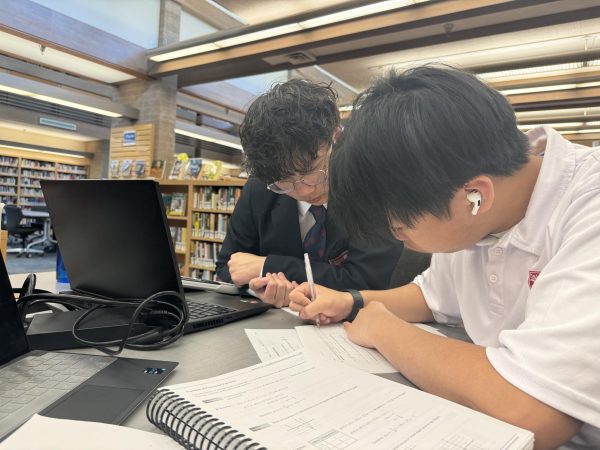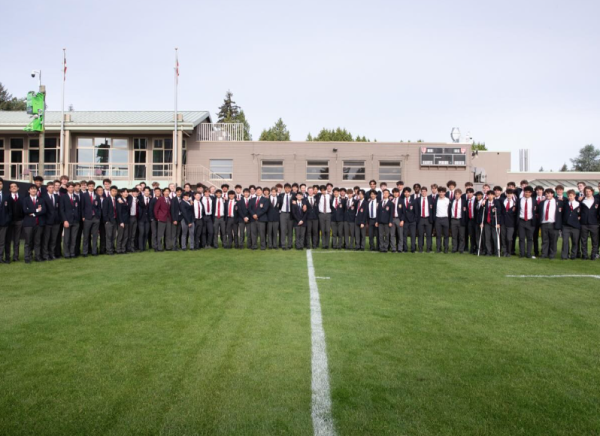St. George’s School Admissions: An Investigation on Fairness

St. George’s School is one of the highest ranked schools in British Columbia
When it comes to high school education in the Greater Vancouver Area, and even internationally, the name “St. George’s School” is well regarded. For many families, the topic of pre-university education causes much anxiety as they navigate through the complex admissions processes of St. George’s and many other local independent schools. Due to the competitive nature of applications for these top-end schools, the idea of fairness is often brought to light, but rarely discussed. As a result, The Creed investigated just how fair the admissions process at St. George’s (specifically at the senior school) really is. We will gain new perspectives from key individuals, such as Mr. Gordon Allan, the Director of Admissions at the school, as well as recently admitted students.
THE APPLICATION PROCESS
Being one of the top 10 schools in British Columbia (as listed by Fraser Institute) means that admissions is naturally very selective at Saints’. According to Mr. Allan, six students will be vying for any single spot at the Grade 8 level, resulting in an acceptance rate of 17% for incoming high school students. The school uses a holistic admission process – which assesses a large number of factors that dictate each student’s fit. “The best way to gauge what we’re looking for in an applicant is…to think about ‘what is a St. George’s School’ student,” explains Mr. Allan. For the admissions office, it is a question about fit – whether the applicant exhibits the school’s core values, and whether he shows “inquisitiveness” and a genuine intent on joining and contributing to the school. The admissions department has, on multiple occasions, declined students who had a 98% average on their SSAT because “their personality and the beliefs of their family were not consistent with what we are as a community.”
As a result, it is difficult for families to precisely pinpoint the ways they can help their son apply to the school. Due to the highly competitive nature of this process, many theorise “magic formulas” to package an applicant in order to gain the favour of the admissions committee. Many are based on the preconceived notion that this process is, in fact, not fair – that selective schools like St. George’s have preferential biases towards specific demographics and students.

This is a view that all St. George’s applicants are familiar with. The admissions offices are where nearly all local interviews take place.
DIVERSITY
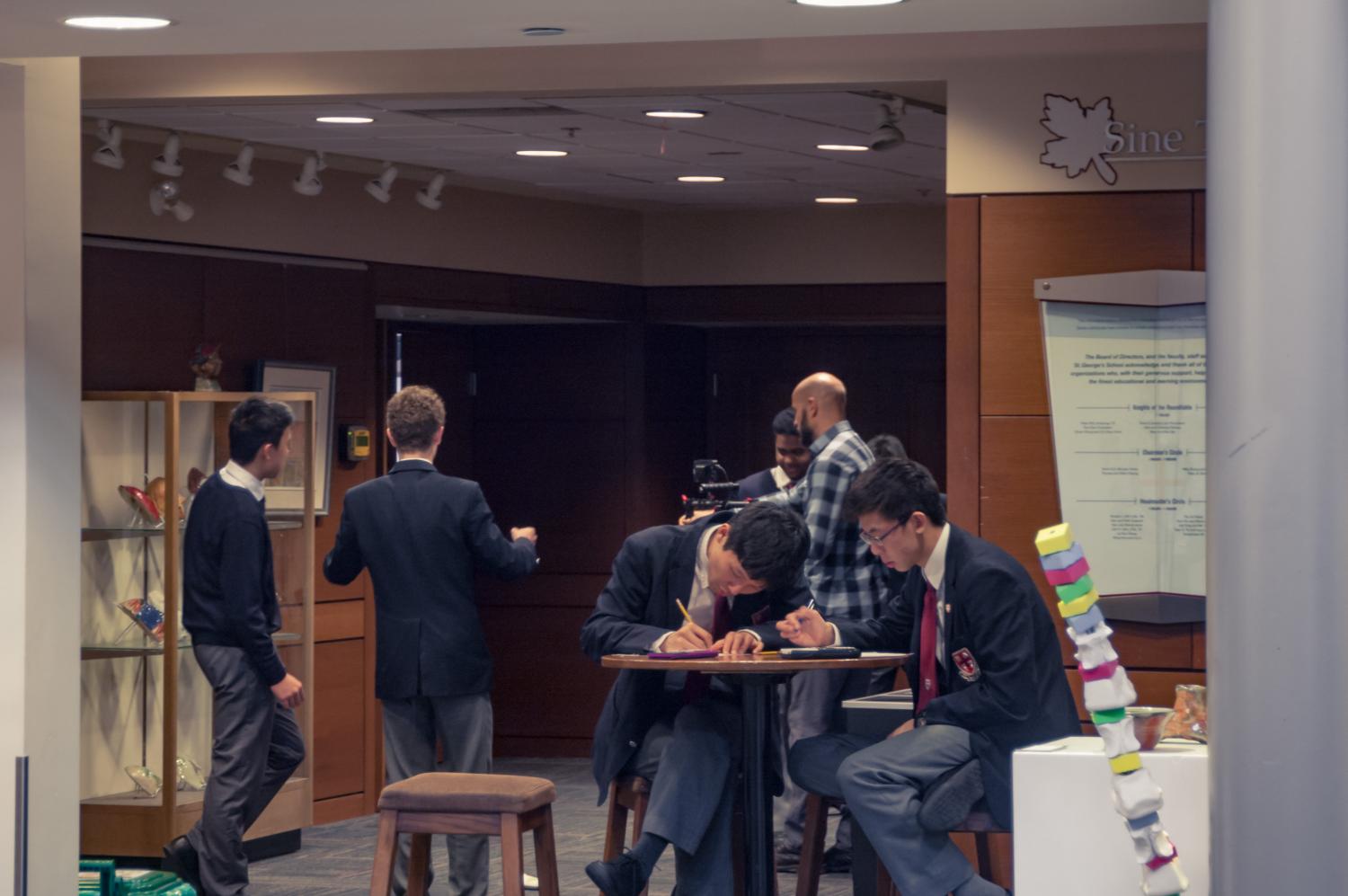
St. George’s uses a holistic application process in determining student acceptances. This means that prospective applicants should be well-rounded.
It is not uncommon for some to believe that fairness is compromised through this holistic process, which could potentially allow St. George’s to set quotas on the diversity of incoming classes in regards to race, extra-curricular interests, and financial background.
Diversity is a big aspect of the Saints’ culture, and this is evident through the school’s vision – becoming “Canada’s World School for Boys. Mr. Allan explains this by saying that “through its diversity, [the] student body will be more representative of the larger world beyond [the] campus.”
A high percentage students at St. George’s come from the Lower Mainland Area. Despite the region’s multiculturalism, the school still has to ensure that the student body remains internationally diverse. During our investigation, we had the opportunity to speak with several recently admitted students (one of which asked us to keep him anonymous). Although he believed “there may be some bias in the fact that [admissions] are looking for certain types of student… [and consequently] may not have a fair admissions process,” he also noted that the admissions departments of other institutions also face similar issues.
However, Mr. Allan stresses that the school makes their decision based on the mission-appropriateness of the student. He continued by stating that as a result of St. George’s being an internationally renowned school, the ethnic diversity of prospective students ends up balancing out. While the school “evaluates every applicant against [a] rubric,” the entire admissions process is “racially and ethnically blind.”
However, he also noted that in selecting and accepting students for boarding, the difference was not that the school was taking a “different calibre of student,” but rather, it recognises that those students need the boarding experience in order to fully take advantage of St. George’s School and Vancouver’s culture.
Challenges for international applicants still exist despite the school’s efforts to counter them. Roberto Xavier, a new Grade 11 student from Brazil, talked about his experience of being an applicant from overseas in an interview with The Creed:

Roberto Xavier, a new Grade 11 student, shares his thoughts on the St. George’s application process
“It’s not part of the Brazilian culture to have recommendation letters, especially in English… I had to sit with [teachers] and go over letters with them and help translate… for me, that was hard.”
With regards to the admissions process, each prospective applicant is compared to a proprietary rubric, which aims to determine fit. While Mr. Allan could not reveal details and specifics, this document views each student on a variety of different areas including (but not limited to) being able to exhibit the six core values, being inquisitive, wanting to be here, and bringing a passion that is unique to the school. When considering the character of the incoming class, the admissions department primarily considers “how [they are] going to bring in a class that really represents all of what [the school] wants.”
FINANCIAL STATUS
On the topic of financial aid, Mr. Allan expressed that “one of the best gauges of a great school is the amount of financial aid that they can give away” and that the school gives away CA$1,000,000 annually. This assistance goes towards families in different economic brackets. However, the underlying philosophy and policy of the school regarding financial aid remains the same – if there is a very “mission-appropriate” student who otherwise could not afford to study at St. George’s, the school will “go out of [its] way to make it affordable for them.”
The St. George’s School website also has a financial aid profiler (which can be accessed here) where families can determine whether they are eligible for assistance or not, and if so, how much they can receive. Mr. Allan also clarified that the admissions department is not informed of a student’s financial aid application until after they are accepted into the school. As Mr. Allan explains it:
“When a student applies to the school, they submit an application with a third party and we are not made aware of that information while they are going through the admissions process. What happens is they go through the regular admissions process, and we make our decision. And then once the decision is made, at that point we are only made aware of whether or not the student has applied financial assistance.”
It is also important to note that, according to the school’s website, all financial and applicant information is known only to the Headmaster, the Director of Admissions [Mr. Allan], and the Director of Finance, but otherwise kept strictly confidential.
EXTERNAL COUNSELLING FIRMS
St. George’s School is strongly against external counsellors assisting students with their high school applications. Mr. Allan says it’s an “[issue]…that causes [him] angst every day,” and he is concerned that seeking help (such as reciting interview answers verbatim) “deprives a student of his spontaneity…and ability to show his authentic self.” Furthermore, he reiterated that these firms frequently give ineffective advice because they are not kept up-to-date on the criteria of the admissions department. In his words, the vast majority of these companies are suggesting things that are “completely contrary” to what the school actually looks for in a student. In an attempt to combat this, St. George’s School “constantly changes [their] admissions process” so the recommendations of external firms become obsolete. On the contrary, one such firm (which we will not name) states on their website:
“We know what private schools are looking for and what it takes to make a successful application. Our team of admissions experts has years of experience. We have not only attended top private schools, but also have work experience with admissions offices of some of North America’s leading private schools.”
However, (for obvious reasons,) they do not specifically mention the admissions criteria of those aforementioned schools such as St. George’s or how they remain updated on their changing admissions processes. As such, it is difficult to determine the true effectiveness of these firms.
THE FUTURE

The front lobby of the school has recently been renovated with new furniture. This is where prospective applicants usually wait for their school tours.
Of course, some areas of the St. George’s admissions process can continue to be developed, such as its policy (or lack thereof) for LGBTQ+ students. When asked, Allan stated that it was “an issue that a lot of us need to play catch up on” and that “St. George’s and a number of other independent schools are working together…to get research from [other foreign schools that] have adopted [LGBTQ+] policies” and that a policy should be implemented soon.
Of course, the admissions process at St. George’s School will continue to change as the institution proceeds with its strategic plan. Mr. Allan expects “more opportunities for students to be in simulated environments when they’re going through the admissions process, where we bring them into an environment that’s going to be similar to what they expect when they come to this school.”
As St. George’s School continues to evolve, the admissions process will also need to be continuously updated to ensure that accepted students find themselves in an environment where they will be able to maximise their potential and thrive. Mr. Allan summarises the entire admissions mindset quite eloquently, “there is no such thing as a number one school, what there is is a number one school for you.”
Upon completion of this investigation, Mr. Allan mentioned that The Creed’s findings represent a “good and balanced profile” of the St. George’s admissions process.
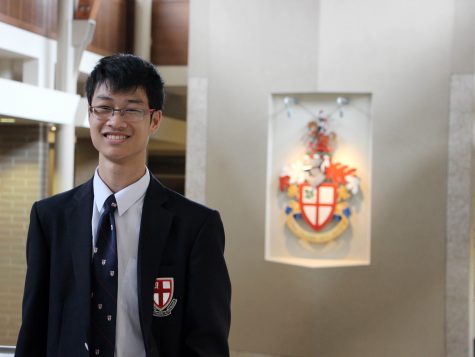
Trevor is a Grade 11 student who joined Saints as a boarder in Grade 8. He has a strong interest in technology and design, and is a member of various technical...
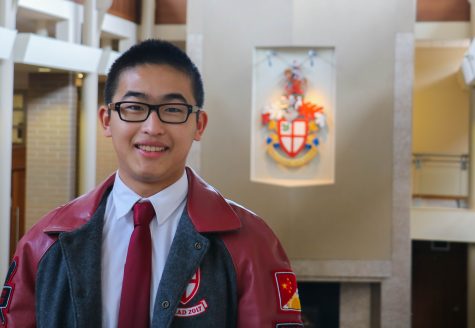
Dennis is very excited to be joining the Creed team for his last year at St. George’s. An adventurer of the world, he enjoys learning about international...



